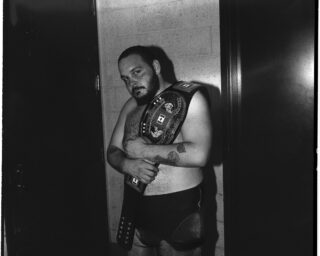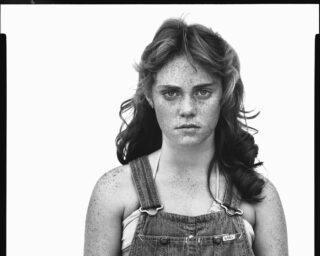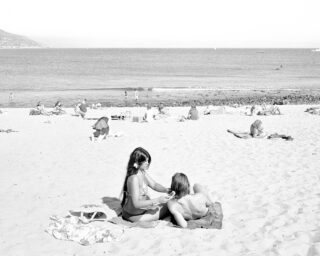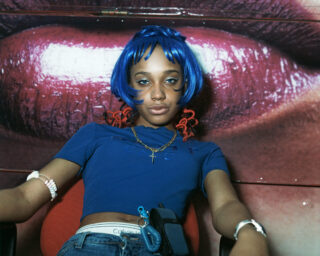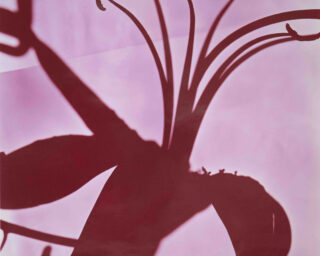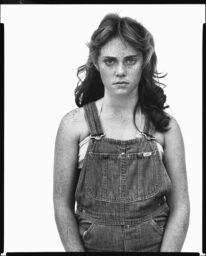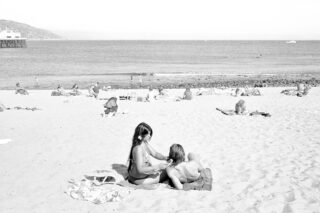Anne Wilkes Tucker on Ray K. Metzker (1931-2014)
Few artists can boast five decades of works so consistently exquisite, formally innovative, and intellectually challenging as those made by Ray K. Metzker, as well as a well lived, comtemplative life, rich with friends and family.
Metzker was an attentive teacher whose demands as well as generous encouragements were warmly remembered through social media after his death. Established photographers who only met him once, but early enough in their careers, acknowledged his lasting impact. And I have a similar acknowledgement to make. Unknown Territory: Photography by Ray K. Metzker, 1957-1983, was the first mid-career retrospective that I curated. Ray made the distinction between fun and joy: fun was carefree and irresponsible, a respite from one’s endeavors. (Anyone who saw him smile knew his capacity for fun.) But joy was “full of body, encountered only from intense endeavor.” Our project included plenty of both fun and joy. I temporarily moved to Philadelphia so we could work every day, which was a huge sacrifice for Ray: he was uncomfortable devoting so much time to looking back rather than making new pictures. I slowly realized the complex patterns of his practice, and our exhibition became the first to group and identify his pictures into projects. He devoted himself to the goals we collaboratively defined, thinking through each step, especially the details– every detail. I learned not just about Ray Metzker and his work, but about working.
His career began when as a graduate student at the Institute of Design in Chicago. Studying with Harry Callahan and Aaron Siskind, he produced a photographic series on the Chicago business district that the legendary curator Hugh Edwards selected to exhibit at the Art Institute of Chicago in 1959. After that show, Metzker produced two other complete series, and then created his best-known project, Composites (1964-66, resumed through 1984). Composites arose from his realization that a single work could be created from an entire roll of film. Employing bold graphic designs, deep shadows, clean highlights, and repeated motifs to investigate “the possibilities of synthesis,” he mounted his contact strips on boards four feet square or larger. A viewer could find a wealth of everyday information, but had no particular point of entry into the picture, so Metzker used his proclivity for humor and word play to nudge viewers’ perceptions, with titles like Hot Diggidy, Leapin’zz, and A Maze N Philadelphia. John Szarkowski presented the series in a one-man show at the Museum of Modern Art in 1967.
Again and again, Metzker would invent formal problems that led to extensive series on subjects as diverse as prone bodies, lush landscapes, pedestrians in skyscraper canyons, and reflections off of cars. His city views convey isolation, longing, and anonymity as well as formal beauty and empathy. In his project Sand Creatures, he followed beachgoers as they carved out their spots, oblivious to whatever this process exposed about their bodies, dreams, or desires. In Pictus Interruptus, he partially blocked the camera’s lens with simple objects, recording both sharp and out-of-focus forms, creating a provocative tension between photographic representation and abstraction.
Like any great artist, he kept returning to ideas and reinventing the ways to present them. Always, he balanced formal solutions with social ideas and tributes to art from many media. Though it may have cost him widespread recognition, he never played to the public or the critics, only to his own vision. He kept his life simple, reserving complexities as an option in his images. His student and later colleague Tom Goodman once asked Metzker how he worked, to which Metzker replied, “One day I would walk out the door and turn to the left; the next day I would turn to the right.”
_____
Since 1976, Anne Wilkes Tucker has been the Gus and Lyndall Wortham Curator of Photography at the Museum of Fine Arts, Houston where she has curated exhibitions ranging from retrospectives such as “Unknown Territory: Photographs by Ray K. Metzker” and “Robert Frank: New York to Nova Scotia ” to historical surveys including “Czech Modernism: 1900-1945,” “This History of Japanese History,” and “WAR/PHOTOGRPAHY: Images of Armed Conflict and its Aftermath.”











